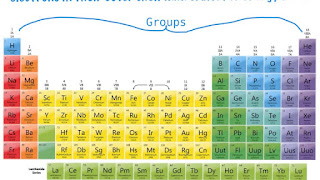Frozen plants
Frozen
plants
Do
plants grow in the Arctic?
NINE MONTHS OF THE YEAR, it is bitterly cold and dark in the
Arctic for nine months in a year. But for the remaining summer months. it is
daylight most of the time. It is in this short period that more than 900 types
of plants bloom in the Arctic.
Total
daylight in the Arctic summer
In the Arctic, the sun sets for only a few hours around
mid-night, resulting in total daylight. During the year - long rotation of the
earth that tilts towards the sun, receives direct daylight. In the Arctic
summer, the Earth reaches that point where the North pole is tilting most
towards the sun, hence the daylight.
Arctic
trees shorter than daisies
Willow trees
in the Arctic region are shorter than daisies, because of the fierce Arctic
wind. Even it they are rarely taller than 10 cm, they grow along the ground.
Arctic
plants and skulls
In the
Arctic regions, plants depend on animal remains for its nutrition, and at times
Arctic flowers bloom inside the skull.
Arctic
plants melt snow
Some of the
Arctic plants have dark plants have dark leaves and stems. So that in the sun
their dark color can soak up the suns warmth and melt the snow
How
do plants pollinate without bees?
With very
few bees and butterflies in the Arctic region, Artic flowers like mustard, rely
on the wind while other rely on flies to scatter their pollen. As files are color
blind, most of the flowers are white or yellow.
Tundra
region
Tundra is
the cold regions where large trees do not grow. Only dwarf trees, shrubs such
as heathers, grasses and other small plants grow here. Tundra regions covers
vast areas in the north of Canada, Siberia and Scandinavia and Greenland.
Tundra is on high mountains too.
Evergreen
arctic plants
Leaves grown
the previous summer are protected by dead leaves during winter months.
Plant
life in Antarctica
Antarctica mostly snow covered all round the year, and very
few plants can live here. However fungi and lichen grow within 500 km of the
south pole, and two species of flowering plants also thrive in Antarctica.
Pink
snow in Antarctica
Some algae live just below the surface of the snow, cannot
bear the UV rays from the sun and so protect themselves with red pigment. This
red pigment of the algae turns the snow pink.
Arctic
bloom
Tall trees cannot survive in the cold Arctic tundra, but in
the brief summer season grasses and sedges, mosses and lichens thrive, as
various small flower such as saxifrages, ovens and Arctic poppies bloom.










Comments
Post a Comment